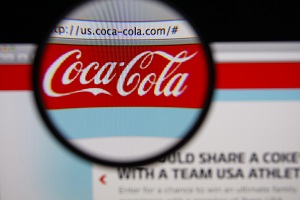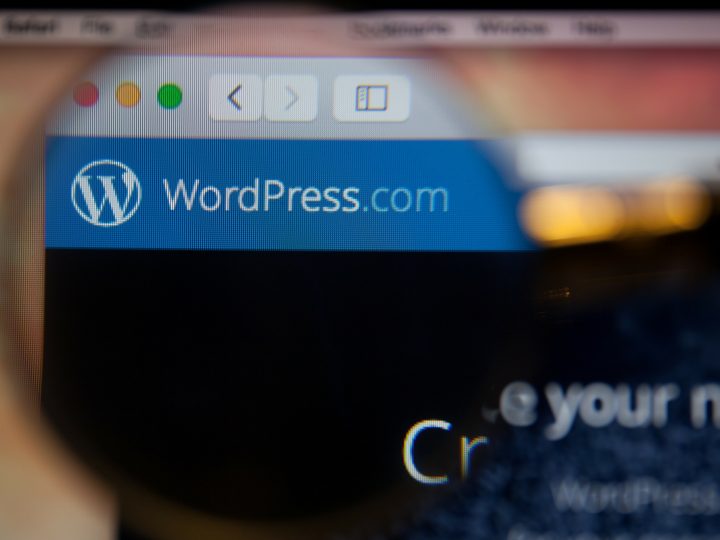
- The Importance Of Rank Tracking Local Keywords In 2018 - June 5, 2018
- How to Spot Opportunities from your Competitors’ Backlinks - July 19, 2017
- Why You Should Monitor Your Brand Daily - May 26, 2017
Coca-Cola will forever be known as the soda brand with an emotional kick. Think athletes, and images of Nike shoes cross your mind. Skateboarding shoes? Vans. Casual outfit? Put on your pair of Converse shoes. Do you want to dress up? Ditch the stilettos and wear your Adidas Stan Smiths.
 That’s the power of branding. Brands become household names when they establish their identity. There’s only one problem: you’re not a big name like them.
That’s the power of branding. Brands become household names when they establish their identity. There’s only one problem: you’re not a big name like them.
You’re a new local business; your family, friends, and a handful of customers know who you are. But the rest of your target market doesn’t. The secret’s not just in becoming more accessible. It’s not enough that you set up your website, blog, and social media accounts.
On top of appearing on local search results, you want to establish an identity. You want to be that brand people will associate with something. Why?
You Can’t Cater to Everyone
When you’re starting out, naturally you want to be everyone’s preferred brand. The problem is that people aren’t so easily swayed, especially if they have tried and tested “better” brands already. Rather than aiming for the general crowd, cater to a handful and let the cult following propel your success.
Local search algorithms change as search engines fine-tune their metrics, but one thing remains the same: if you’re relevant in the local atmosphere, your brand has better chances. Note the importance of the local setting. These are the first few people you reach out to–the ones you introduce your unique products or services to.
You Want to Identify Your Focus Group
The Yellow Pages and Google My Business give you a place for your business listing, and that’s your first step–your cornerstone. After establishing your accounts, it’s time to build the brand.

And this isn’t just about populating your accounts with facts and features. Think of relevance. What would people want to read?
Coca-Cola uses emotional advertisements to distinguish themselves from their competitors. Dove’s uplifting commercials on body positivity did wonders on their sales. Nike and Adidas have their loyal followers because of their relation with athletes and celebrities. And who could call themselves a fan of Taylor Swift if they didn’t own a single pair of Keds?
Optimizing your website to cater to a specific target market may seem hard, but you simply have to identify the key phrases that make them tick. Coca-Cola, for instance, likes contributing to local communities during special occasions. Aim for a marketing strategy that’s not so product-centric; make it interesting and engaging, and the sales will follow.
Being the next Adidas, Nike, Vans, Converse, or Keds seems like a long shot, but you don’t have to compete with these decades-old brands per se. Your local search association will be your advantage. Reach out to those who want something new in a heavily saturated marketplace. Build a community of like-minded individuals. Establish your brand as the choice for them, and show them you’re giving more than you’re getting.
No, this does not mean you will not gain anything. There’s the bio field—use it wisely. Your copy should reflect your brand’s values, and it should include all the information that prospective buyers need: location, website, office hours, and contact numbers.
You Want the Right People Behind the Brand
Get influencers if you must, just to jumpstart that client base. But if you do, keep in mind that even celebrities have personal branding, too. Choose someone who fits your brand’s image. Converse and Keds are both associated with celebrities, but you wouldn’t peg Taylor Swift as a Converse girl.
Optimizing for local search isn’t just about working on the customer-facing side. Your social media managers need to post consistently. Identify issues that will resonate with your target market (local policies, perhaps?), and determine the right time to post. If you’re targeting the coffee-loving fans of Starbucks, an early morning quote about coffee before anything else, or a late night reminder about sleep, should do the trick.
Make sure your logo communicates your message, and that you have a distinct voice. Don’t be Puma “lite”. Be the new New Balance. The next best thing. Consider this statement from consultant and Fortune 100 Luminary Esther Perel:
“We don’t leave a brand because we don’t love the brand anymore. We leave the brand because we suddenly get drawn, attracted, and curious about another one.”
Whatever local search marketing strategy you choose to adopt, your message is clearer when you’re consistent with your target. Don’t try to be Adidas, Nike, and a few other brands combined. Leave that for later, when you’re ready to branch out.
You Don’t Want the Hot Seat
You know what they say about publicity: good or bad, it’s still publicity. At the end of the day, your product’s being talked about. But what would that mean for your branding?
You don’t want to be that brand with a negative image. It’s easy to post about relevant topics, but make sure you don’t pick fights. Answer comments with a bit of wit, but don’t insult your customers. More importantly, don’t ignore questions and suggestions.
You want to establish your brand because this encourages engagement, and this gives you a clearer voice—a stand. To simplify things, focus on the top social media sites instead of putting your brand everywhere, all at once. Simply being on Facebook, Twitter, and Instagram already gives you a big slice of the pie.
Building a brand is emotional in nature. Think affinity and devotion. When customers love your voice and message, they will love your brand and remain loyal to it. You will be more than just a shiny new toy. You’ll be here to stay, and soon you will take over the world.




